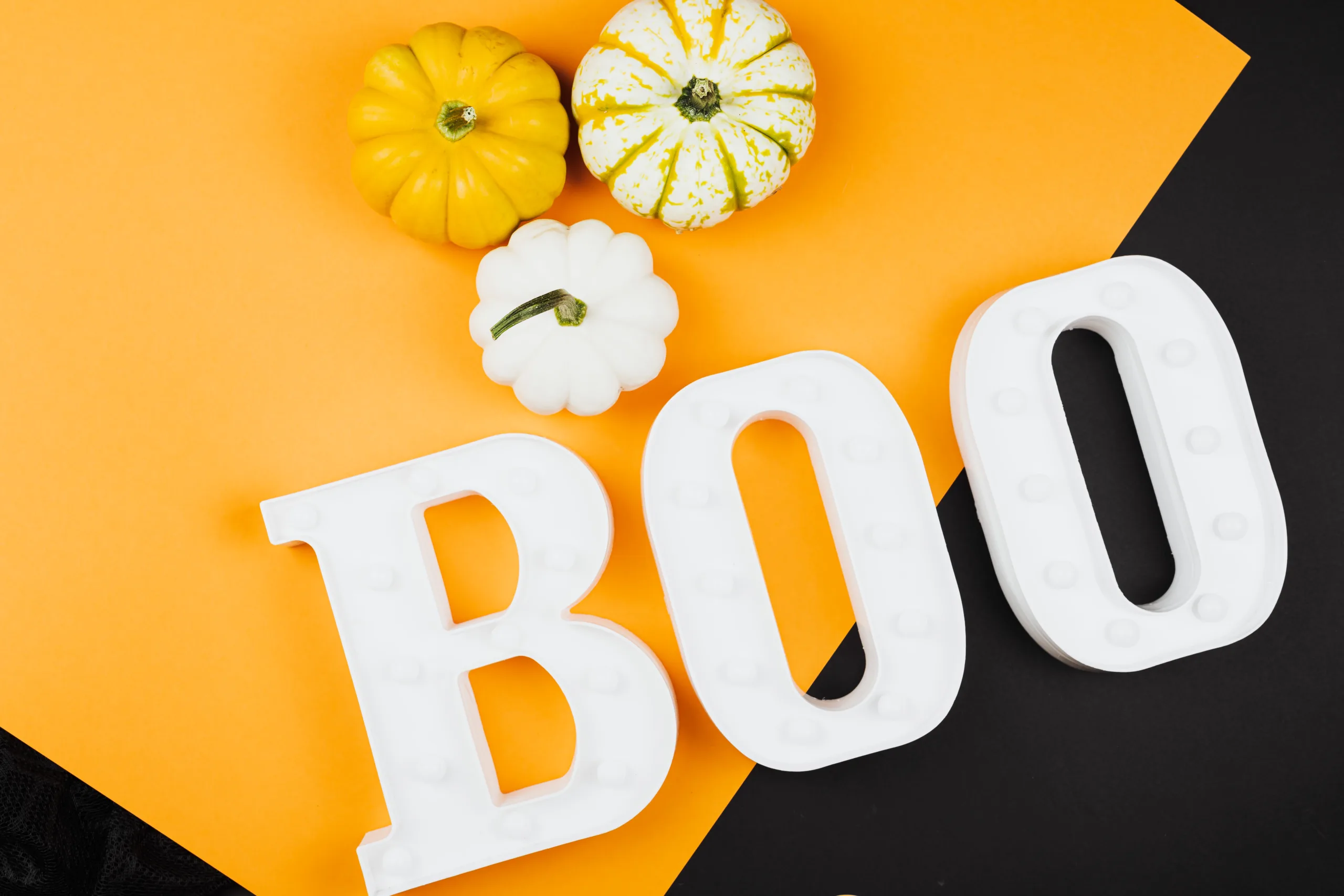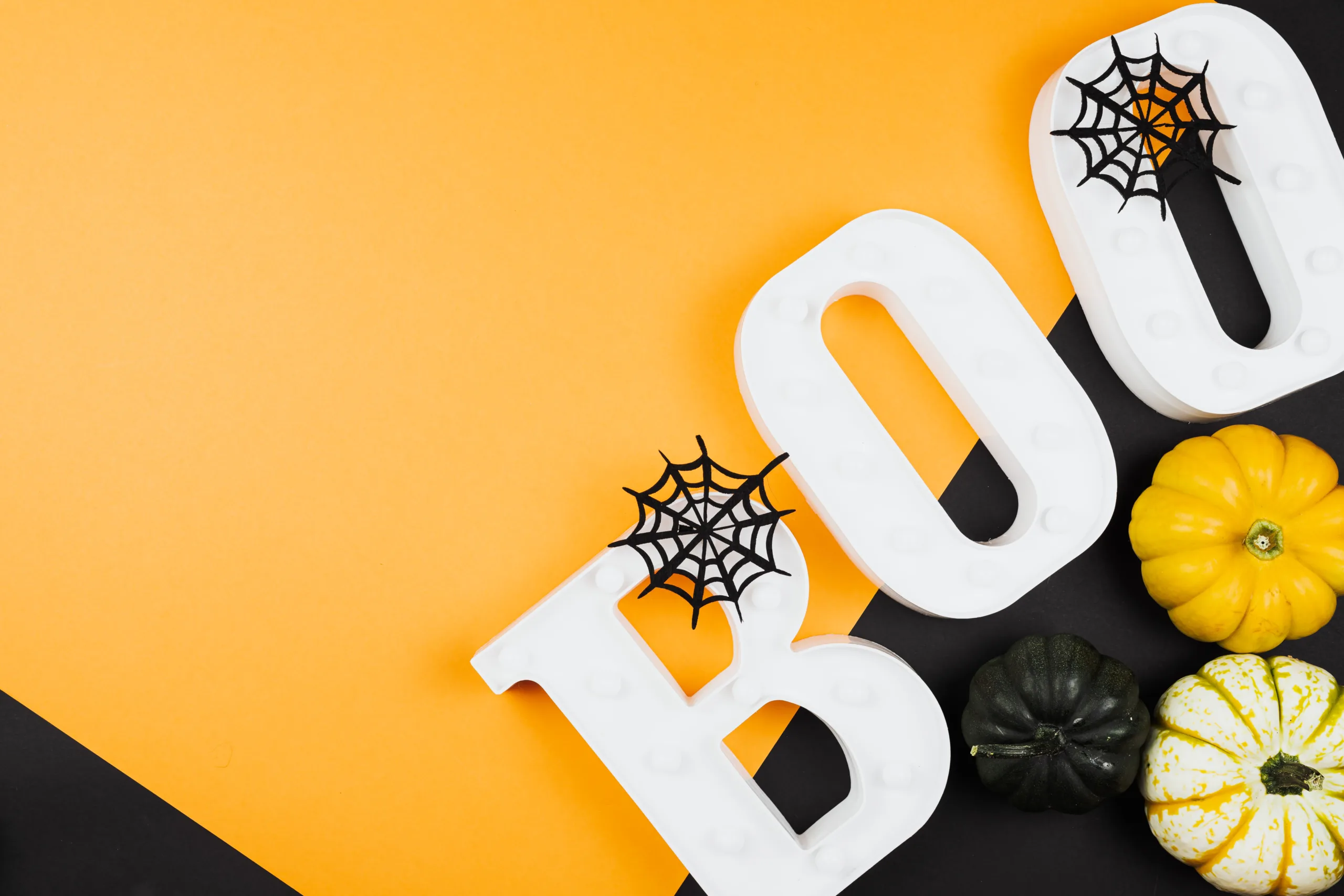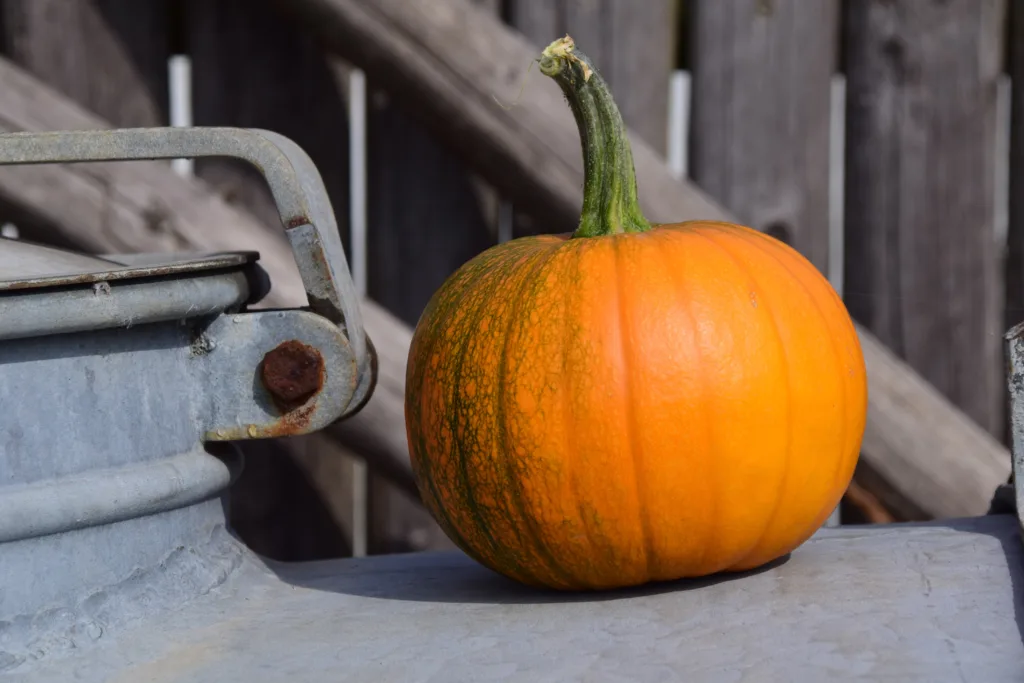Are you looking for a low-FODMAP vegetable to add to your diet? Yellow squash may be the perfect option! This article will give you an overview of what yellow squash is, what FODMAPs are, and how they interact with each other. We will also discuss how yellow squash can fit into a low-FODMAP diet, as well as potential health benefits. By the end of this article, you’ll know everything you need to about adding yellow squash to your diet.
Yes, yellow squash is considered low FODMAP. It can be eaten in servings of 1 cup or around 75g per sitting. It can also be included in small amounts as part of a larger meal.
What is FODMAP?
FODMAP stands for Fermentable Oligosaccharides, Disaccharides, Monosaccharides, and Polyols. It is a type of carbohydrate found in certain foods that can cause digestive problems for some people. FODMAPs are found in many foods, including wheat, rye, onion, garlic, apples, peas, and honey. They are also found in processed foods such as breads and cereals. People who have difficulty digesting FODMAPs may experience abdominal pain or bloating. Some people may find relief by following a low-FODMAP diet which eliminates or reduces the amount of FODMAPs consumed. The diet should be followed with the guidance of a registered dietitian to ensure that all necessary nutrients are being consumed.
A low-FODMAP diet can be beneficial for those with irritable bowel syndrome (IBS) or other digestive disorders that involve gas and bloating. Following a strict low-FODMAP diet can help reduce symptoms and improve quality of life. A registered dietitian can provide guidance on how to follow the diet safely and provide support to ensure optimal nutrition while on the low-FODMAP diet.
What is Yellow Squash?
Yellow squash, also known as summer squash, is a popular vegetable that comes in several varieties. It has a mild flavor and can be eaten raw or cooked. The most common type of yellow squash is the crookneck, which has a curved neck and an elongated shape. Other varieties include straightneck, pattypan, and zucchini. Yellow squash is an excellent source of vitamin C and fiber, as well as other vitamins and minerals. It is low in calories and fat, making it a healthy addition to any diet. Yellow squash can be steamed, sautéed, grilled, roasted, or even used in soups and stews.
Yellow squash has a mild flavor that makes it versatile in the kitchen. It can be added to stir-fries or used as a substitute for zucchini in recipes like zucchini bread or muffins. Yellow squash can also be baked into casseroles or side dishes like ratatouille or stuffed shells. For an easy weeknight dinner option, try grilling yellow squash slices with olive oil and your favorite seasonings for a tasty side dish.
Yellow squash is also great for making salads. Try adding some shredded cheese or diced tomatoes to yellow summer squash slices for a delicious salad that’s full of flavor and nutrition. You can also mix yellow squash with other vegetables like peppers or onions for a colorful side dish that’s sure to please everyone at the table.
Click here to preview your posts with PRO themes ››
Nutritional Benefits of Yellow Squash
Yellow squash, also known as summer squash, is a nutritious vegetable that can be cooked in a variety of ways. It’s low in calories and fat, and high in many important vitamins and minerals. Yellow squash is a great source of dietary fiber, vitamin C, folate, vitamin A, potassium and manganese. It also contains some calcium and iron. Eating yellow squash can provide numerous health benefits.
Yellow squash is an excellent source of dietary fiber which helps to support digestion and may help to reduce cholesterol levels. It’s also high in vitamin C which is an important antioxidant that helps protect cells from damage caused by free radicals. Vitamin C also helps promote wound healing and supports the immune system. Folate found in yellow squash is essential for the formation of red blood cells and DNA synthesis.
In addition to its many vitamins and minerals, yellow squash contains several beneficial plant compounds such as lutein and zeaxanthin which are important for eye health. It’s also a good source of omega-3 fatty acids which have anti-inflammatory properties and may help to lower cholesterol levels. Eating yellow squash can help to provide your body with essential nutrients needed for optimal health.
How Does FODMAP Impact IBS?
IBS, or Irritable Bowel Syndrome, is a chronic digestive disorder that can cause abdominal pain and discomfort. While the exact cause of IBS is unknown, it is believed to be related to a combination of hormonal changes, stress, and diet. One dietary approach that has been found to help manage IBS symptoms is the FODMAP diet.
FODMAP stands for Fermentable Oligosaccharides, Disaccharides, Monosaccharides and Polyols. These are short-chain carbohydrates that are poorly absorbed in the small intestine. When undigested carbohydrates reach the large intestine, bacteria begin to break them down through fermentation. This process can lead to excessive gas production as well as other symptoms of IBS such as bloating and abdominal pain.
The FODMAP diet involves reducing or eliminating foods that contain high levels of FODMAPs such as certain fruits and vegetables, dairy products, wheat-based products, legumes and some sweeteners. By following this restrictive diet you can reduce your intake of fermentable carbohydrates which can help reduce symptoms associated with IBS such as bloating and abdominal pain. Additionally, this dietary approach may also help identify which foods are triggering your IBS symptoms so you can avoid them in the future.
The FODMAP diet should only be followed under the guidance of a qualified health professional such as a registered dietitian or gastroenterologist who can provide individualized advice based on your specific needs. Additionally, it is important to note that while this dietary approach may provide relief from some IBS symptoms it should not be used as a long-term solution or replacement for lifestyle changes such as stress management and physical activity which are also key components in managing IBS symptoms.

How to Cook Yellow Squash Low FODMAP
Cooking yellow squash low FODMAP is quite simple and can be done in several ways. The most popular way is to steam, sauté, or roast the squash. When steaming, the squash should be cut into small cubes and steamed until it is tender. When sautéing the squash, it should be cut into cubes and sautéed in a small amount of oil until tender. Roasting is another great way to cook yellow squash; it should be cut into cubes and roasted in a preheated oven at 375°F for approximately 20 minutes or until tender.
Click here to preview your posts with PRO themes ››
Another way to cook yellow squash low FODMAP is by boiling. To boil the squash, it should be peeled and cubed and then boiled in salted water until soft. Once cooked, the squash can then be mashed or pureed for use in recipes such as soups, stews or casseroles.
Yellow squash can also be grilled or stir-fried as part of a meal or side dish. To grill the squash, it should be cut into rings or slices and grilled over medium heat for about 10 minutes or until tender. To stir-fry the squash, it should be cut into cubes and stir-fried with vegetables over medium-high heat for about 5 minutes or until tender.
No matter how you choose to prepare your yellow squash low FODMAP, it can make a delicious addition to any meal!
Roasted Yellow Squash
This simple and delicious side dish is an easy way to add a healthy dose of nutrition to any meal. To make roasted yellow squash, start by preheating the oven to 425 degrees Fahrenheit. Line a baking sheet with parchment paper, then spread out the squash in a single layer. Drizzle the squash with olive oil and season with salt and pepper. Roast for 20-25 minutes, or until golden brown and tender. Serve warm as a side dish or on top of salads for added flavor and texture.
Stuffed Yellow Squash
Stuffed yellow squash is an easy and flavorful way to enjoy this nutritious vegetable. Start by cutting the squash in half lengthwise and scooping out the seeds. Place the halves cut-side up on a baking sheet lined with parchment paper. In a medium bowl, mix together cooked quinoa or rice, cooked ground beef or turkey (or omit for a vegetarian version), diced tomatoes, chopped fresh herbs, salt, pepper and grated cheese (optional). Divide the mixture among the four squash halves and top with additional cheese if desired. Bake at 375 degrees Fahrenheit for 30 minutes or until golden brown. Serve warm as an entree or side dish.
Sautéed Yellow Squash
This simple cooking method is perfect for adding yellow squash to all sorts of dishes such as pasta sauces, soups, stews and casseroles. Heat one tablespoon of olive oil in a large skillet over medium heat. Add one diced onion (omit if following Low FODMAP diet) and sauté until softened (about five minutes). Add two cloves of minced garlic (omit if following Low FODMAP diet) and sauté for another minute or two. Add two cups of diced yellow squash along with salt and pepper to taste; stir to combine then cover the pan with a lid and cook for 5-7 minutes until tender but still crisp. Serve warm as a side dish or use in other recipes.
Yellow Squash Soup
This creamy vegan soup makes an easy lunch or light dinner that’s full of nutrition from both yellow squash and potatoes! Start by sautéing one onion (omit if following Low FODMAP diet) in one tablespoon of olive oil over medium heat until softened (about five minutes). Add three cloves of minced garlic (omit if following Low FODMAP diet) along with one teaspoon each of dried thyme leaves, smoked paprika powder, ground cumin and ground coriander; stir to combine then cook for another minute or two. Add four cups vegetable broth along with two cups peeled potatoes cut into cubes; bring to boil then reduce heat and simmer for 10 minutes until potatoes are tender. Lastly add two cups diced yellow squash; simmer for another 5-7 minutes until vegetables are tender yet still crisp then remove from heat.. Using an immersion blender puree soup until smooth then adjust seasoning as desired before serving warm topped with fresh herbs such as parsley or chives!
Click here to preview your posts with PRO themes ››
Other Low FODMAP Vegetables and Alternatives to Yellow Squash
Yellow squash is a great way to add nutrition and flavor to meals, but it can be hard for people with IBS or other digestive issues to eat due to its high FODMAP content. Fortunately, there are plenty of alternative vegetables that are low in FODMAPs and can be used as substitutes.
For starters, cucumbers are a great option as they are low in FODMAPs and have a mild flavor that pairs well with many dishes. Bell peppers can also be used as an alternative, as they contain few FODMAPs and have a variety of colors for added visual appeal. Carrots are also low in FODMAPs and can be cooked or eaten raw for a crunchy texture.
Eggplants are also low in FODMAPs, but should be cooked before eating as raw eggplant can cause gastric distress. Tomatoes have been found to have some FODMAPs, but they can still be eaten in moderation. Green beans and snow peas are two more popular options that are low in FODMAPs and provide lots of crunch when eaten raw or cooked.
Finally, there are many types of mushrooms that can be used as an alternative to yellow squash, such as shiitake, portobello and white button mushrooms. All of these mushrooms contain very few FODMAPs and provide a savory flavor when cooked properly.
By choosing any of these vegetables instead of yellow squash, those with IBS or other digestive issues can still enjoy the flavors of their favorite dishes without worrying about uncomfortable symptoms afterwards.

Conclusion
Yellow squash is generally considered to be Low FODMAP, however, it is important to note that the FODMAP content can vary depending on the variety of yellow squash and how it is cooked. It is also important to note that some individuals may still experience digestive symptoms when eating yellow squash. Therefore, it is recommended to consult with a registered dietitian or doctor before making any dietary changes.
When including yellow squash in the diet, it is best to do so in moderation and in small portion sizes. It is also recommended to try different varieties and cooking methods to see what works best for you. Following a Low FODMAP diet can help reduce symptoms of IBS and improve overall gut health.
In summary, yellow squash can be included in a Low FODMAP diet as long as portion size and other factors such as cooking methods are taken into consideration. However, it is important to always consult with a registered dietitian or doctor before making any dietary changes.

